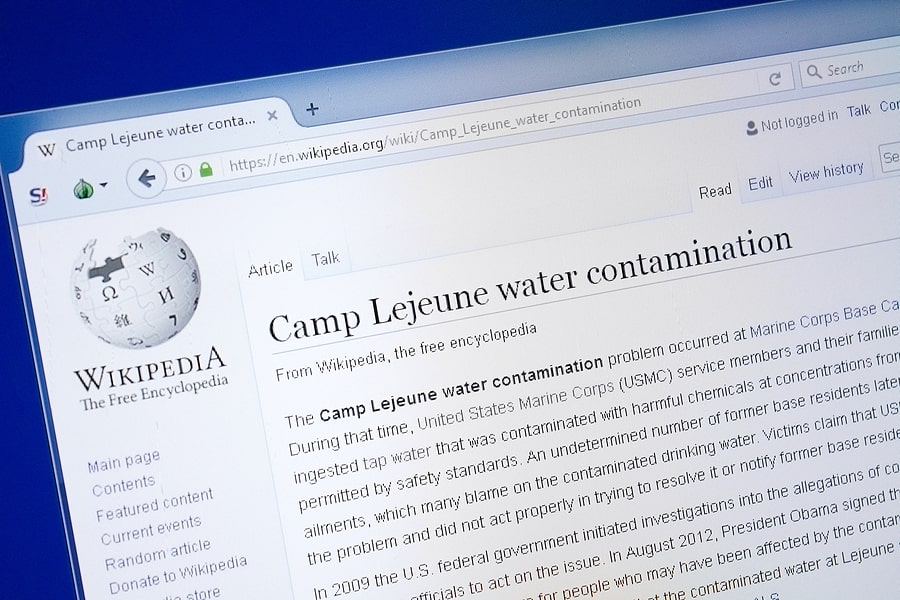
# Understanding the Freedom Industries Chemical Spill: What is 4-Methylcyclohexane Methanol?
Recently, an alarming environmental incident unfolded when **Freedom Industries** released a large quantity of a licorice-scented chemical known as **4-methylcyclohexane methanol (4-MCHM)** into the **Elk River** in West Virginia. This incident led to the contamination of local water sources, compelling authorities to cut off water access while they evaluated the level of pollution. Residents in the impacted regions have experienced significant frustration, especially due to the ambiguity surrounding when their water supply will be safe once more. In response, bottled water quickly sold out as individuals sought cleaner options.
This event has raised a host of inquiries regarding **4-MCHM**—its nature, potential dangers, and its effects on human health and the environment. Regrettably, there is a lack of comprehensive studies on the toxicology of 4-MCHM, and even agencies such as the **EPA (Environmental Protection Agency)** and **FDA (Food and Drug Administration)** possess limited information about it. Nevertheless, by examining the molecular structure and characteristics of 4-MCHM, we can draw informed conclusions regarding its behavior and possible risks.
—
## **What is 4-Methylcyclohexane Methanol (4-MCHM)?**
4-MCHM is a derivative of **cyclohexane** characterized by a **six-carbon ring structure** that has a **hydroxyl (-OH) group** attached. This configuration imparts a slight polarity to the molecule due to the **OH group**, although the extensive **hydrocarbon portion** predominantly renders it nonpolar. As a result, 4-MCHM is only **moderately soluble in water** and tends to float when introduced to it.
In terms of its applications, **4-MCHM is frequently employed in the cleaning and processing of coal**, facilitating the removal of impurities. This indicates that its primary use in industry is not as a consumer good but more as a **specialized solvent** within coal-related sectors.
—
## **What Happens When 4-MCHM Enters the Water Supply?**
Given that 4-MCHM is **not highly soluble in water**, it likely **remained on the surface in concentrated patches** instead of dispersing uniformly throughout the water. Over time, however, **dissolution and bacterial decomposition** may slowly decrease its concentration in the affected regions.
An unusual feature noted by locals and media was a **licorice-like scent** emanating from the contaminated water. While an odor does not inherently signify toxicity, it often indicates the presence of **volatile organic compounds** (VOCs) in the atmosphere, raising concerns over **inhalation risks** for those exposed.
Moreover, some reports indicated **blue-green staining in the water**, which initially caused alarm. Nevertheless, it was later clarified that the **seasonal growth of algae** may account for this color change and not be directly linked to the 4-MCHM spill.
—
## **Is 4-MCHM Dangerous?**
Assessing the toxicity of 4-MCHM is complex due to the **insufficient research** available. However, some existing information sheds light on its potential hazards:
– **Flammability** – Like many organic solvents, **4-MCHM is combustible**, although it is **less volatile** compared to solvents such as acetone or hexane. This indicates that while the risk of fire or explosion is low, it still warrants attention.
– **Toxicity to Humans** – The **LD50** (the lethal dose for 50% of tested lab animals) in **rats** is **825 mg per kg of body weight**. This implies that the quantity needed for acute toxicity in humans would need to be significantly high, suggesting that **short-term exposure is unlikely to be life-threatening**.
– **Aquatic Toxicity** – Toxicology assessments on **fathead minnows** indicate that 4-MCHM has a “**no-observed effect concentration (NOEC)**” at around **25 mg per liter (ppm)**. This implies that at lower concentrations, the substance seems to **have a minimal impact** on **fish**, but spikes in concentration following a major spill could still be detrimental to aquatic ecosystems.
– **Possible Health Effects** – According to Material Safety Data Sheets (MSDS), prolonged contact with skin may result in **irritation or rashes**, and contact with the eyes should be avoided to prevent irritation. Nonetheless, **no long-term carcinogenic studies exist**, leaving the potential **cancer-causing effects** of prolonged exposure unclear.
Because this chemical is **moderately fat-soluble**, it may **accumulate in fatty tissues** within the body before undergoing metabolism in the liver. The metabolic process likely involves **oxidation** into more water-soluble forms, which would then be **excreted in urine**.